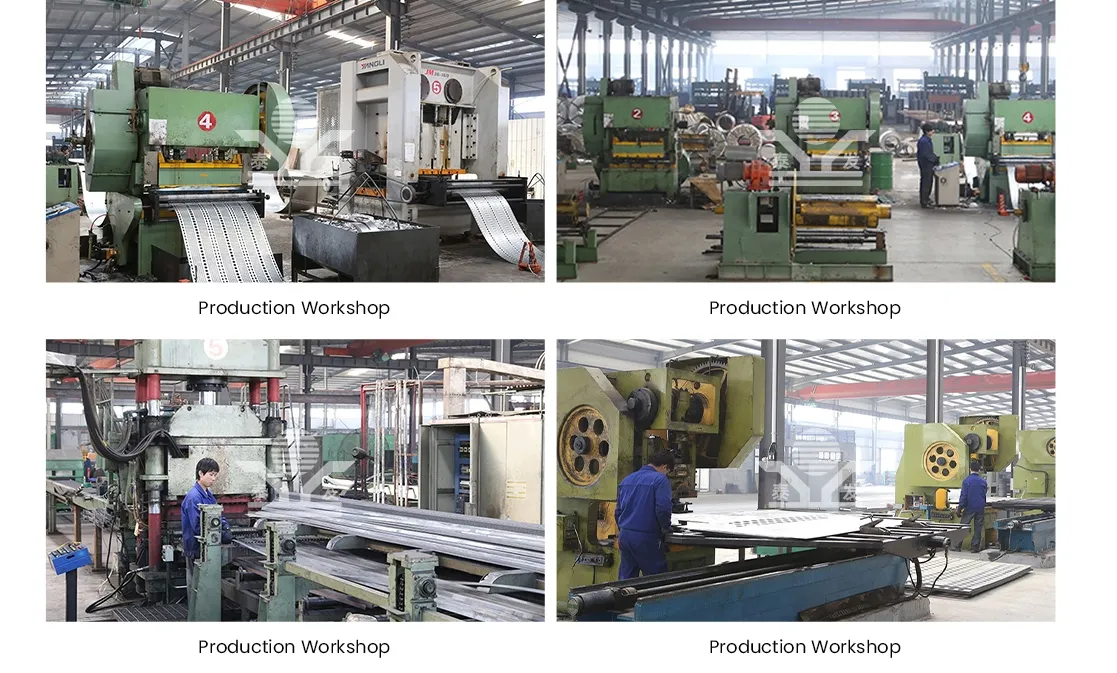The Cost of Noise Barrier Walls An In-Depth Analysis
Noise pollution is an increasingly pressing issue in urban areas worldwide. The rise of urbanization and the corresponding increase in road traffic and industrial activities have led to elevated noise levels, adversely affecting residents' quality of life. One effective solution to mitigate noise pollution is the installation of noise barrier walls. However, while their benefits are clear, understanding the associated costs is crucial for policymakers and urban planners.
Understanding Noise Barrier Walls
Noise barrier walls, also known as sound walls or acoustic barriers, are structures designed to reduce noise pollution from highways, railways, and other noisy undertakings. These walls can be constructed from various materials, including concrete, wood, metal, and innovative composites. Their primary function is to block and deflect sound waves, thus lowering noise levels for communities situated nearby.
Initial Costs
The initial costs of noise barrier walls can vary significantly based on several factors
1. Material The choice of material plays a significant role in cost. Concrete walls tend to be more expensive but offer longevity and higher sound attenuation than wooden barriers. Composite materials, while innovative, can also be costly due to their engineering and production processes.
2. Design The complexity of the design affects the overall cost. Aesthetic considerations, such as patterns or textures, may elevate expenses. Taller and longer walls require more materials and labor, thus increasing the costs.
3. Location The geographic location and environmental conditions also impact costs. Urban areas may present challenges related to logistics and limited space, necessitating special equipment or construction methods, which can further drive up expenses.
4. Regulatory Compliance Local zoning laws and environmental regulations can dictate specific requirements for noise barrier walls. Compliance with these regulations often necessitates additional planning and expenditure.
As a rough estimate, the cost per linear foot for constructing a noise barrier can range from $20 to $100 or more, depending on the above factors. For longer stretches in urban settings, the cumulative costs can reach millions of dollars.
cost of noise barrier walls

Maintenance Costs
Once installed, noise barriers require maintenance to ensure their effectiveness and longevity. The maintenance costs include cleaning, repairs, and inspections over time. Factors affecting these costs include
1. Durability of Materials More durable materials may require less frequent repairs, whereas cheaper alternatives may lead to higher long-term costs due to erosion, splintering, or rust.
2. Environmental Impact Areas prone to severe weather can accelerate wear and tear on noise barriers, necessitating more frequent maintenance.
3. Vandalism and Graffiti In urban setups, instances of vandalism can lead to additional costs for repairs and restoration.
Economic Benefits
Despite the initial and ongoing costs, noise barrier walls also present economic advantages that should be considered. Firstly, they can enhance property values in neighborhoods previously subjected to high noise levels. Studies have shown that homes situated near effective noise barriers tend to sell at higher prices compared to those without them.
In addition, reducing noise pollution can lead to improved public health outcomes. Lower noise levels are associated with decreased stress, improved sleep quality, and fewer health complications. These public health improvements can result in significant savings on healthcare costs and enhance productivity among the workforce.
Conclusion
While the cost of noise barrier walls may appear high at first glance, their long-term benefits and economic advantages are considerable. Urban planners and policymakers must weigh these costs against the health and well-being of residents when considering noise mitigation strategies. Investing in noise barrier walls not only addresses the immediate issue of noise pollution but also contributes to creating more livable and attractive urban environments. As cities continue to grow, effective solutions to noise pollution, such as barrier walls, will become increasingly vital for the health and comfort of urban populations.
-
The Strength and Versatility of Aluminum Expanded Metal Mesh
NewsJun.10,2025
-
Safety Guards and Machine Enclosures Using Expanded Mesh
NewsJun.10,2025
-
Performance with Round Hole Perforated Mesh in Wall Panels
NewsJun.10,2025
-
How Steel Grating Trench Covers Distribute Weight Efficiently
NewsJun.10,2025
-
How Deck Mesh Railing Enhances Backyard Aesthetics
NewsJun.10,2025
-
Comparing Bar Thickness and Spacing in Steel Grating
NewsJun.10,2025
Subscribe now!
Stay up to date with the latest on Fry Steeland industry news.

